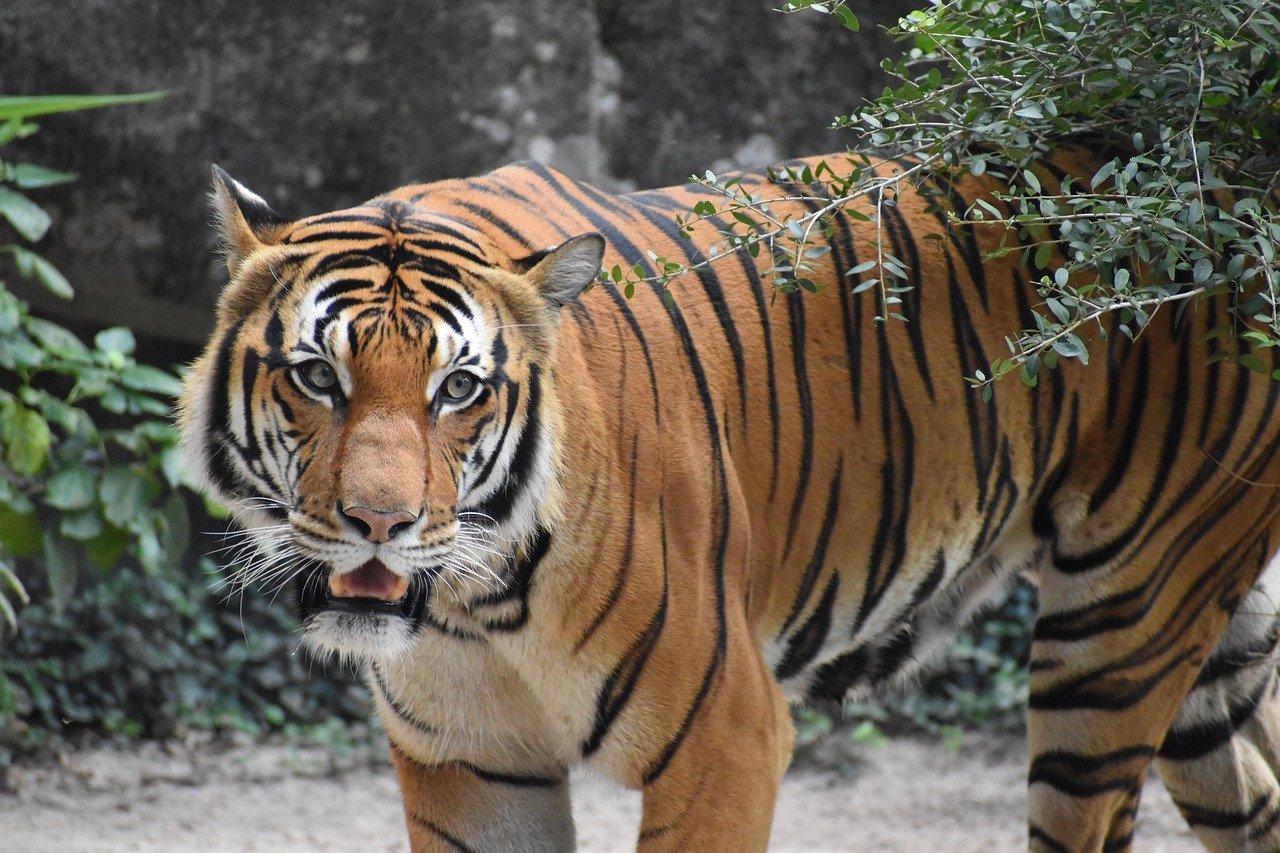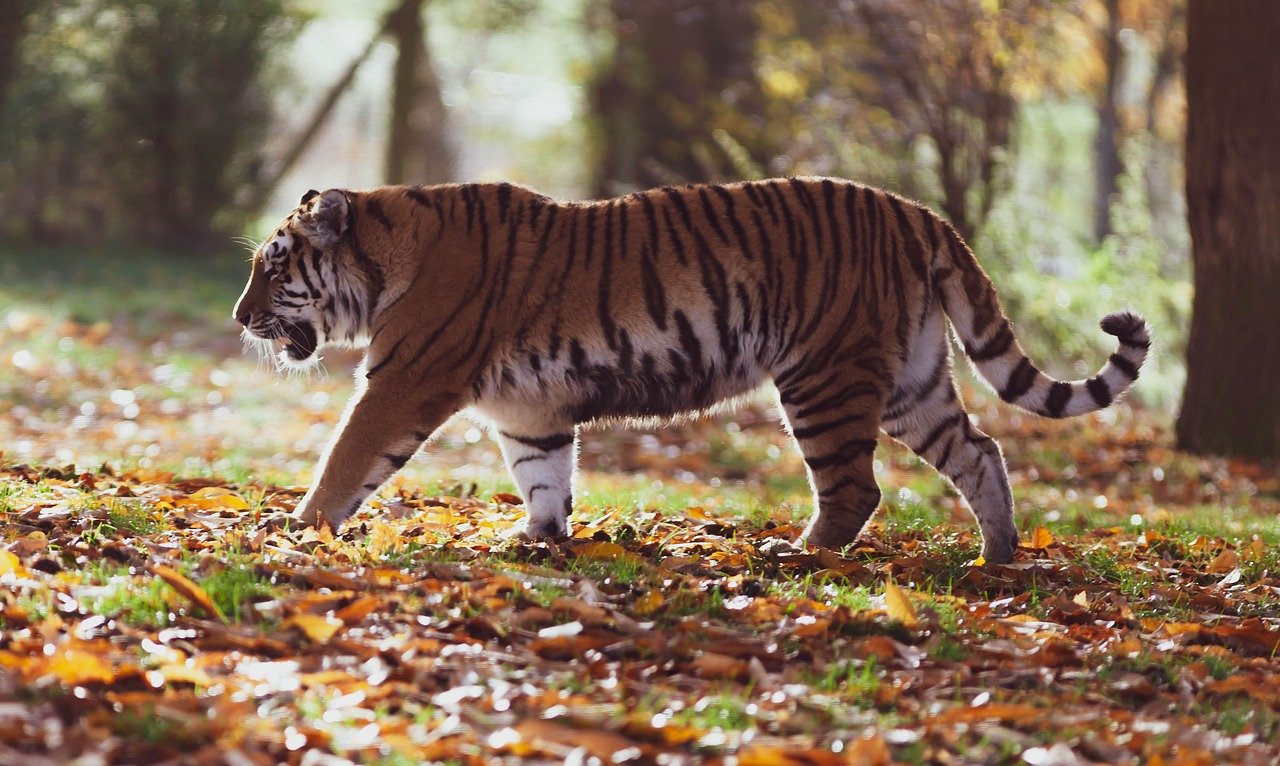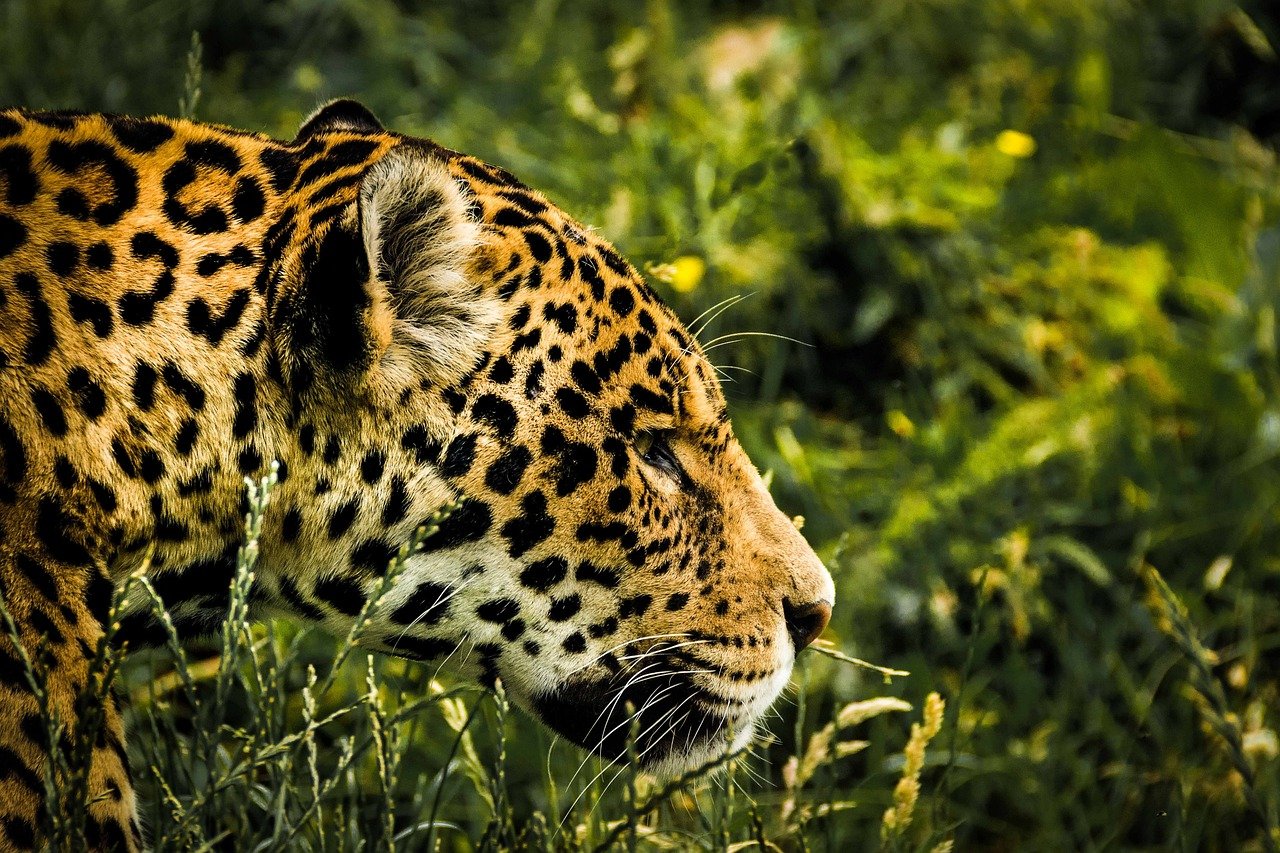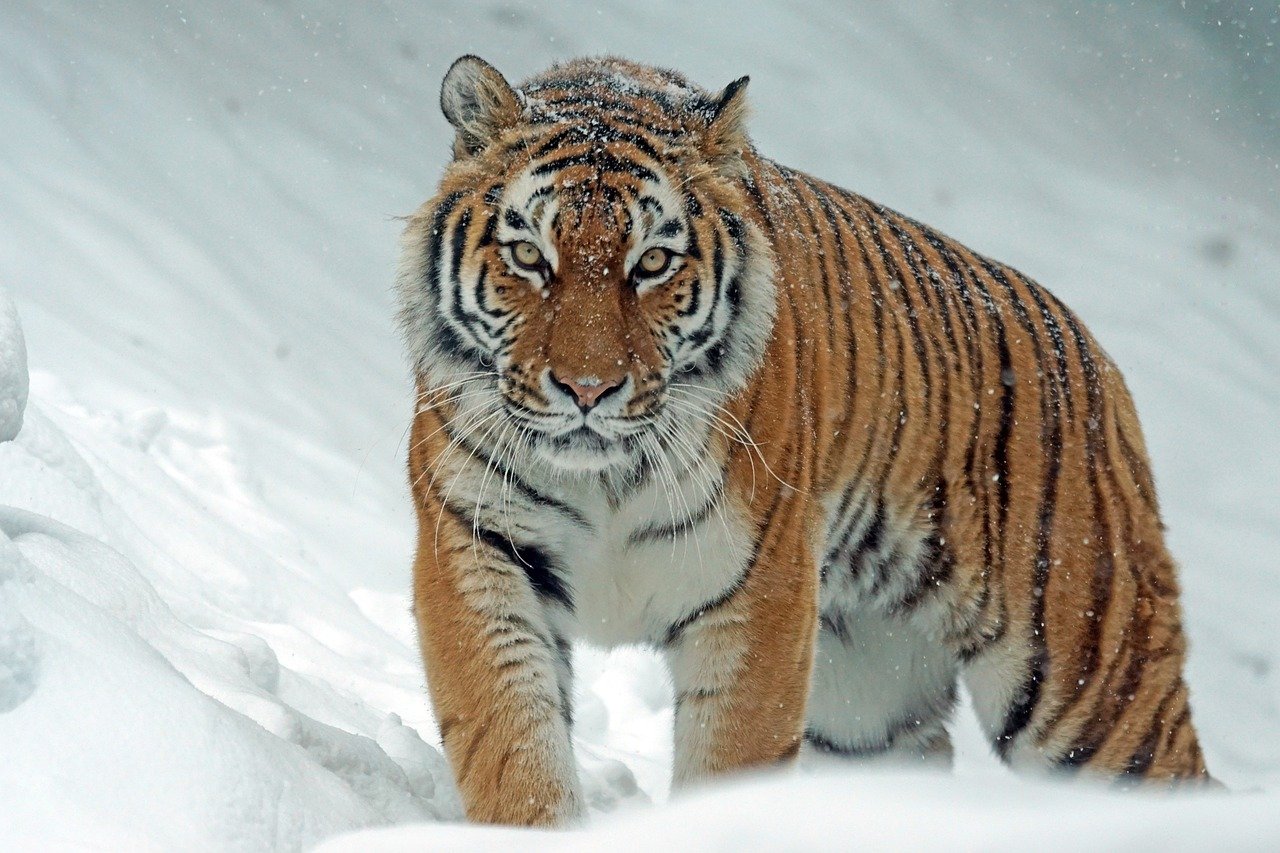Choosing a big cat conservation program to support can be as challenging as it is rewarding. Big cats, from the majestic lions to elusive snow leopards, face numerous threats in the wild, and conservation programs play a vital role in their survival. As a cat enthusiast, you may feel an innate pull to help these magnificent creatures. However, with so many organizations claiming to make a difference, how do you decide which one to support? Understanding the necessary factors to consider can ensure your contributions have a significant impact.
Understanding the Mission and Goals

Before deciding on a conservation program, it’s crucial to understand its mission and goals. Each organization may focus on different aspects of conservation, from habitat preservation to anti-poaching efforts. For instance, a program might prioritize breeding endangered species in captivity, while another focuses on educating local communities. By aligning your values and concerns with the organization’s mission, you ensure that your support goes to a cause you truly believe in. Investigate if their goals are clear, achievable, and measurable. A well-defined mission is often a sign of a serious, committed organization.
Evaluating Transparency and Accountability
Transparency and accountability are vital when choosing a conservation program. Research how the organization reports its activities and financials. Legitimate programs usually provide annual reports and financial statements to the public, showing how donations are spent. Are they open about their successes and failures? An accountable organization will not shy away from discussing challenges or areas needing improvement. Look for third-party evaluations or ratings by charity watchdogs, which can provide an unbiased opinion on the program’s operations.
Assessing the Impact of the Program

To ensure the conservation program is making a real difference, assess its impact. This can be gauged by looking at the tangible outcomes of their projects. Have they increased the population of a certain big cat species? Are they restoring habitats or reducing poaching incidents? Effective programs will have data or case studies showcasing their achievements. Sometimes, smaller programs can have a significant impact in specific areas, so don’t overlook them. Consider if the program’s strategies are sustainable and if they involve local communities, as this often leads to long-term success.
Considering the Program’s Ethical Practices
Ethical practices are a cornerstone of credible conservation programs. It’s important to ensure that the organization treats animals and people with respect and dignity. Check if they adhere to international wildlife conservation standards. Avoid programs that engage in unethical practices, such as breeding big cats for captivity with no intention of releasing them into the wild. Research their stance on wildlife interactions; reputable programs discourage direct human contact with wild animals, as this can harm both the animals and humans involved.
Examining Community Involvement

Community involvement is a key factor in the success of conservation efforts. Programs that work closely with local communities often achieve more sustainable results. They can provide education, create employment opportunities, and raise awareness about the importance of conservation. Investigate whether the program partners with local organizations or governments. A program that empowers local people to protect their wildlife is likely to have a more lasting impact. Community support can often be the difference between success and failure in conservation projects.
Understanding the Program’s Funding Sources
Knowing where a program gets its funding can provide insights into its stability and priorities. Diverse funding sources, such as grants, donations, and partnerships, can indicate a well-rounded organization. Be cautious if a program relies heavily on a single donor, as this might affect its independence. Some organizations might have corporate sponsors, which can be beneficial, but ensure there are no conflicts of interest that might compromise the program’s integrity. An organization with solid funding is better equipped to carry out its conservation efforts effectively.
Exploring Opportunities for Personal Involvement

If you’re passionate about big cat conservation, you might want to do more than just donate money. Some programs offer opportunities for volunteers to get involved directly. This might include fieldwork, educational outreach, or administrative support. Volunteering can provide a deeper understanding of the challenges faced in conservation and a personal connection to the cause. Before committing, ensure that the organization provides proper training and follows ethical guidelines for volunteer involvement. Engaging personally can be a rewarding experience and a way to make a tangible difference.
In the end, choosing the right big cat conservation program requires careful consideration and research. By focusing on mission alignment, transparency, impact, ethical practices, community involvement, funding sources, and personal involvement opportunities, you can make an informed decision that truly supports the preservation of these magnificent creatures.

Linnea is a born and bred Swede but spends as much time as possible in Cape Town, South Africa. This is mainly due to Cape Town’s extraordinary scenery, wildlife, and atmosphere (in other words, because Cape Town is heaven on earth.) That being said, Sweden’s majestic forests forever hold a special place in her heart. Linnea spends as much time as she can close to the ocean collecting sea shells or in the park admiring puppies.






